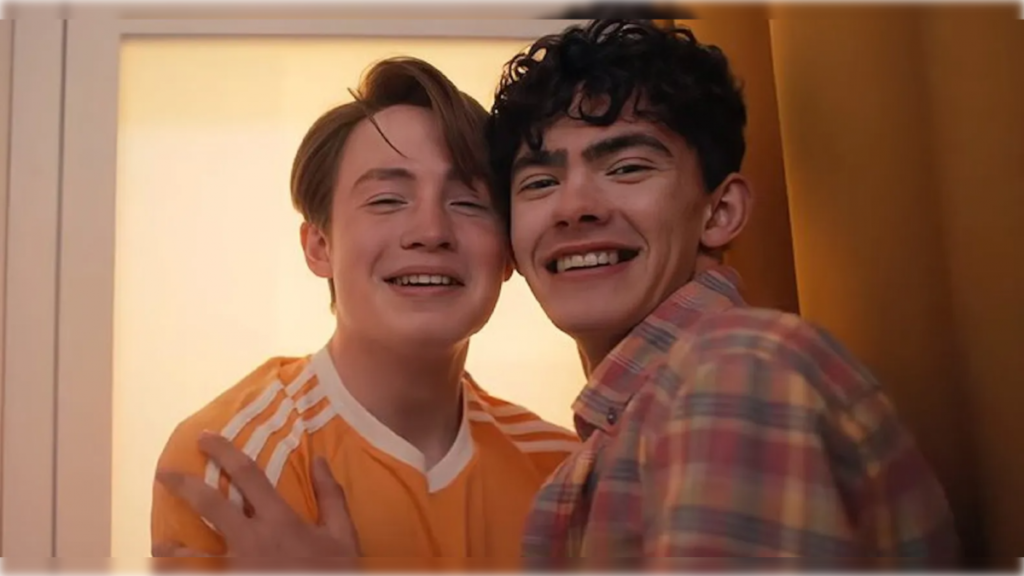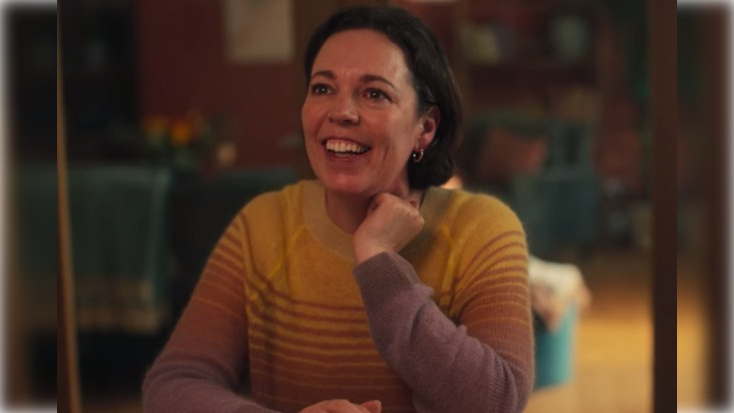Content warning: this discussion of Heartstopper mentions of suicide ideation, self-harm, eating disorders, bullying, grief.
Heartstopper was described by The Sydney Morning Herald as the “warm hug we all need right now” by bi journalist and playwright Patrick Lenton. For my beautiful partner, and certainly for Patrick, I believe it was that warm hug. It was a hug of validation, of hope. and acknowledgment that the pain they experienced in their sexual and gender discovery was unnecessary and not in isolation. At the end of the final episode of season 1, my partner bawled their eyes into my shoulders crying “they’re so beautiful, the queers are going to be ok.” It was the realization that younger queers had more templates and representation to work from than we ever did.
So why did such a sweet fairytale romance cause me a massive post-traumatic stress breakdown? And why—as I shortly found out—was I not alone in this? What led to the transformative era of last year that saw me reconnect with my own trauma, identify my self-loathing, and make conscious steps to heal? Why does watching Heartstopper lead to what the internet has termed “Heartstopper Syndrome”?
Alice Oseman’s Heartstopper was initially an online graphic novel focusing on minor characters in Oseman’s Solitaire. In it, Oseman recounts the initial meeting and falling in love of schoolboys Charlie Spring and Nick Nelson at their grammar school. Its adaptation to Netflix has been heralded due to the show’s wholesome depiction of teenage queerdom: a queerdom most of my generation and older probably didn’t experience as youngsters.

Nick Nelson (Kit Connor) and Charlie Spring (Joe Locke) at the beachside photobooth. (Netflix)
A “Second Adolescence”
Queer people go through what is termed a second adolescence, particularly those who left school before the 2010s. This second adolescence is when queers generally do what most teenagers do, except as adults. They date for the first time, they make mistakes, they change their hair, they start hanging out with different groups of people to make sense of their world. They do what teenagers do in high school. So seeing this narrative play differently has led to a common response: Heartstopper Syndrome (HSS). Its so prevalent that there’s an entire subreddit to it: r/heartstoppersyndrome.
HSS is the cognitive dissonance of seeing a joyful queer teenage-hood (admittedly fantastical) when your own queer experience was completely at odds with this representation. Writing for The Conversation, clinical psychologist Liam Casey described the “internal blueprint” of our teenage-hood traumas as “minority stress” with the cumulation of negative effects leading to isolation, depression and anxiety. A general cord ran through many with HSS, “what could my life have been if I had a high school experience like this?”
RELATED: The strange history of why Japan—one of our foremost purveyors of kink—blurs out the cock
Seeing Charlie’s vulnerability, his recovery from being bullied, and his own internal monologue catastrophizes his growing infatuation with Nick. I empathized intensely with his worries about being hurt by the realities of high school heteronormativity. But, whereas my own experiences ended with shame, secrecy, and suppressed emotions, Heartstopper changed this narrative.

Oscar winner Olivia Colman plays Nick Nelson’s mother Sarah. (Netflix)
How Does One Heal From This?
Charlie’s vulnerability is accepted and nurtured by Nick and his friends. Nick’s mother (played by the omnipresent Olivia Colman) accepted his bisexuality beautifully. Social isolation and despair is soothed with love and acceptance. Gay panic was triggered, but the pay-off was not violence and rejection: It was love. For us, for me, the dam broke; all the joy and pain of seeing this unrealized childhood made vivid caused a cascade of emotional overload. How this expressed itself… I’m not going into it. Not because it’s too painful, it’s just irrelevant to hear. All I’ll tell you is, it was debilitating, it lasted months and I am proud I got through it.
Now of course, how does one heal from this? Liam Casey, in his previously mentioned article for The Conversation, referenced a 2018 study by Toomey et al. in the Journal of Homosexuality which highlighted the benefits of engaging with LGBT specific resources and community in improving resilience and acceptance. Talking with fellow queer friends was certainly one aspect of my healing. I also read more LGBTIQ+ literature, particularly YA (a genre I’d never really engaged with, even as a young adult.) William Hussey’s Hideous Beauty caused a minor relapse, but after that Patrick Ness’ Release was a welcome respite. And when fiction started to bore me, I looked to history and memoir.
The Pain I Felt Primarily Was Grief
Raised a Catholic, I gained a new appreciation for the corners of acceptance within my former faith by reading former Dominican friar Mark Dowd’s Queer and Catholic. The podcast Bad Gays reignited my passion for the Gay Liberation movement and my own radicalism. Sufjan Stevens, Larry Levan, Oliver Sims and Julius Eastman’s music best soundtracked the progress I made. Of course, I additionally had my beautiful partner, who let me cry non-stop into their chest, fed me when I was too exhausted to make dinner, and who stroked my hair to soothe me and patiently let me grieve a past I didn’t have… because no matter what you call it, HSS or minority stress, the pain I felt primarily was grief.

“Heartstopper” author Alice Oseman (Alicia Carter/The Guardian).
But through it all, hope kept appearing in little quiet moments. That hope fueled my healing. The release the trauma brought was long overdue. Heartstopper just happened to be its trigger, a trigger that even its creator Alice Oseman has experienced.
Healing Is No Straight Path
I am happy I got through this, and I am proud it made me reacquaint myself with queer history, art and community. I’m not going to say I needed to go through it; trauma is not a necessity to growth. But, the fact I was able to use it as a catalyst for change I have been grateful for. Many in r/heartstoppersyndrome feel the same way, which has brought me great comfort.
Healing is no straight path. I would be remiss not to mention that in times of deep distress I have had thoughts of suicide, self-harm, and the show gave me flashbacks to some very specific traumas. If ever you feel these things, please call your local crisis hotline or suicide hotline.
Will I watch the second season of Heartstopper? I hope I will. I hope when I do, if I cry and relapse, I’ll be able to reinvestigate myself and grow again. We all deserve to be loved—by ourselves first and foremost.
Heartstopper Season 1 and 2 are available on Netflix.
Sources: The Conversation, The Guardian, The Journal of Homosexuality, Netflix, Pink News, Reddit, The Sydney Morning Herald, WebToon




